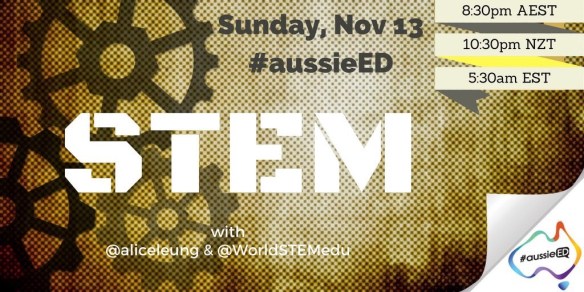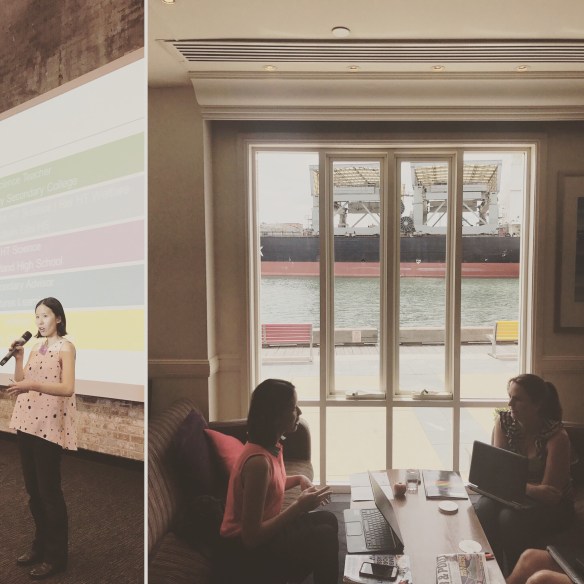
I have done quite a few teacher professional learning workshops on project based learning (PBL). Nearly all of them have involved telling teachers about elements of authentic PBL, how to design a ‘good’ driving question’ and the importance of formative assessment and feedback. I am currently working on another series of professional learning workshops on PBL, but this time the team is also focusing on the “soft skills” of PBL. These soft skills include collaboration, student self-regulation, creativity, critical thinking, etc. These soft skills are included in the NSW syllabuses for the Australian Curriculum as Learning Across the Curriculum. In this blog post, I’m going to focus on collaboration.
PBL often require students to work in teams. If students are to work in teams successfully, they need to know how to collaborate. One thing I learnt very quickly in my PBL journey is that collaboration doesn’t come automatically for students. Simply putting students in groups and getting them to sit in a circle won’t teach them collaboration. If students don’t know how to collaborate, they will find the PBL experience frustrating and the teacher will find it frustrating. Like reading and writing, collaboration needs to be explicitly taught. But how?
In my PBL journey, I have found teaching students how to establish group norms, how to determine and assign roles to team members, how to backward map from timelines of due dates of tasks, and how to negotiate and compromise, to be crucial in PBL to be a successful learning experience. However, I have found the most important aspect of successful student collaboration is a safe learning environment; an environment where students trust each other, respect each other, support each other and feel comfortable enough with each other to take risks in their learning. What are the strategies to enable this? How can students be assessed and receive regular feedback on these aspects. Just like reading and writing, students need to know how they are going with their collaborative skills and what they need to do next to improve?
How do you teach collaboration in your classroom? How do you teach collaboration in PBL?










